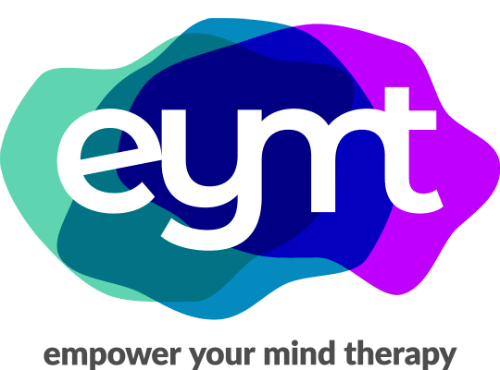When we think “Stuck thoughts” in DBT they are synonymous with Cognitive Distortions. Check out these blogs about common cognitive distortions and some general ideas on how to counter cognitive distortions with effective rethinking.
We are going to focus on just some common stuck thoughts to exemplify how we can utilize Effective Rethinking. First though,
What are Stuck Thoughts?
Stuck thoughts or Cognitive Distortions are views that we have about the world and how it functions. Trouble with Stuck thoughts is that while they may be true in 10 percent of cases, they aren’t generalizable to 90 percent of cases; which is what we do – generalize these thoughts to all situations.
What is Effective Rethinking?
Effective Rethinking is a Dialectical Behavior Therapy skill that revolves around dialectically shifting our thoughts in order to find a more balanced view. This enables us to become unstuck and engage in more effective thoughts and behaviors.
Remember to validate. Well all engage in stuck thoughts. It’s important to accept what we’re feeling; which paves the way for us to be able to move forward.
Some Common Stuck Thoughts and How to Utilize Effective Rethinking
Black & White Thinking
Black and white thinking is the “always,” “never,” “every,” and “all the time” thinking we engage in. It follows with All or Nothing Thinking. It is thinking and acting in finding extremes, so instead of finding a middle ground we automatically jump to one end or the other, “good” or “bad.”
How we effectively rethink – First, we need to notice when we are thinking in extremes. When do these terms and words pop up? Then we can start to effectively rethink where the middle ground might be. To do this, we want to open our minds to a different viewpoint and perspective.
Regret Orientation
This is when we catch ourselves saying “woulda, coulda, shoulda” It is easy to get stuck in regret and beating ourselves up for “mistakes” when we look at things in hindsight. This keeps us focused on the past, rather than the present.
How we effectively rethink – First, stop ruminating on the past. Then shift your perspective to the present and what you can do now to be effective. We can use the past to learn and gain experience, but it’s important that we don’t limit ourselves to that. Limit how long you stay in the past. Ask yourself: What worked, and what didn’t work? Take a nonjudgmental stance. Take an objective lens when observing the past.
Catastrophizing
Assuming the worst – When we build up the potential outcome and operate it as if there will be a definite dire and disastrous consequence.
How we effectively rethink – First, ask yourself how likely that will be the outcome? Check the facts. If the facts align with the worst, what would that really mean? Our worst-case scenarios generally don’t come true. They are not as disastrous as we fear. Do not discount your resiliency and that you can handle the things that come your way.
Mind Reading
The belief that we know what someone else is thinking, without a doubt. However, mind reading is more about our own insecurities and fears. It is not based in reality.
How we effectively rethink – Check the Facts on what the person said and did – Make sure you’re tracking your assumptions. Rethink around facts, not interpretations.
Should
These are judgments about what ought to be. It is us getting stuck in our preferences or what we believe the reality should be, not what it actually is.
How we effectively rethink – Look at the reality of the situation. Notice when these “should” are popping up and think “What is actually going on right now, what are the facts?”



